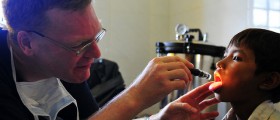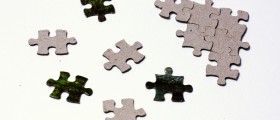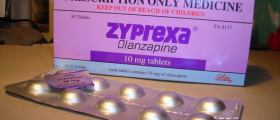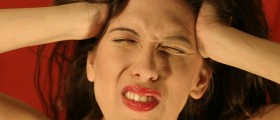
Definition of the Chronic Motor Tic Disorder
This specific type of tic problem manifests through rapid muscle spasms or uncontrollable movements, or vocal outbursts. Nevertheless, note that the two cannot go together. Speaking of the world population, only 1 or 2% of people are suffering from this disorder. Publicly, it is better known at the Tourette syndrome.
Manifestations of Chronic Motor Tic Disorder
This condition commonly manifests through excessive blinking of the sufferer, reoccurring grimaces affecting the face, rapid, uncontrollable movements of the limbs or other parts of the body or sudden sounds being emitted. The sounds which can stand for tics are grunts, clearing of the throat or contractions affecting the diaphragm or abdomen areas.
People who suffer from chronic motor tic disorder may be capable of managing their tics and suppressing them. However, this may be very hard at certain times. Also, they usually have the ability to sense a tic coming, paying attention to certain premonitions their body gives them.
Certain situations like excitement, tiredness, increased environmental temperature or stress, all can, and often do, make tics worse and more frequent.
Diagnosis and Treatment of Chronic Motor Tic Disorder
In order for an individual to be diagnosed with this condition, he/she needs to have suffered from tics every day for more than a year. Additionally, during this time, the person should not have experienced more than 3 months without being bothered by tics.
As for the treatments, psychotherapy and medications have proven to be the best methods and are even often combined. The medications used for this purpose are dopamine blockers such as fluphenazine, risperidone, pimozide or haloperidol. Nevertheless, these medications are known to have side-effects which can manifest through movement disorders and cognitive impairment. Botox injections can also be used for treating muscular spasms in the facial areas. Nowadays, a new treatment has proven to be quite effective. It involves stimulation of the brain through permanently installed electrodes in the brains of the patients.
All in all, tics are easier to be treated in children aging between 6 and 8. Their symptoms may last for about 4 years and then, through treatment, they can live without tics later in life. If these tics are not treated timely and continue to bother one from his/her childhood to the 20s, there is a chance that they will be present for life. Regardless, seeking medical assistance is recommended in any cases of permanent facial tics.

















Your thoughts on this
Loading...